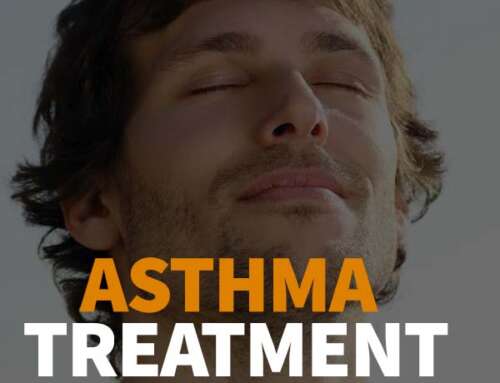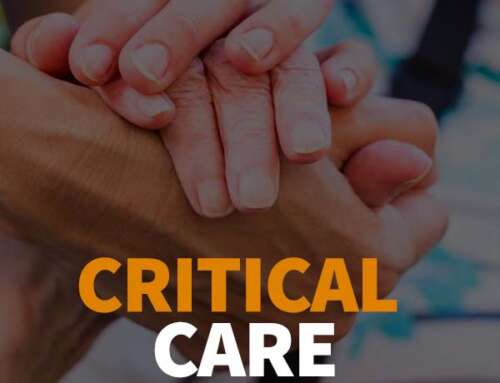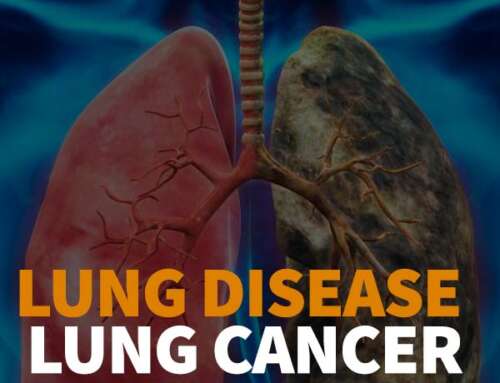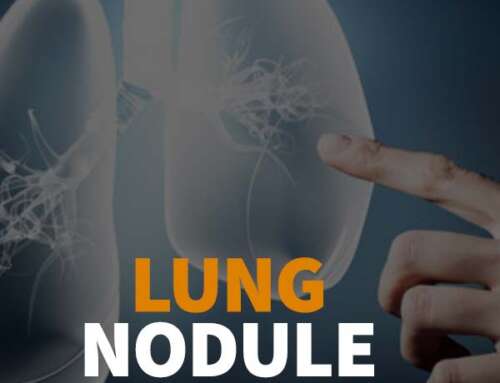Project Description

Lung cancer remains the leading cause of cancer death in both women and men in the USA. More people die from lung cancer yearly than the combined deaths from breast, colon, and prostate cancers. There are over 220,000 lung cancer cases resulting in about 135,000 deaths yearly. The incidence of lung cancer increases with smoking and advancing age. The survival of people with lung cancer varies depending on the stage of the disease when the diagnosis is made. Most lung cancers are diagnosed in the late stages, thereby reducing the five-year survival rate to less than 20%. The five-year survival rates of colon and breast cancers are 2–3.5 fold higher secondary to effective screening by annual mammography and age-appropriate colonoscopy.
African Americans are 37% more likely to develop lung cancer than Caucasians. They are also 22% more likely to die from lung cancer than Caucasians, despite having a near comparable smoking rate.
Lung cancer screening (LCS)
Smoking cessation is the most effective strategy to prevent lung cancers. However, in people who currently smoke or have smoked in the past, LCS is the most effective way to reduce cancer-related mortality by detecting the disease early when it can be amenable to curative resection. Although studies have shown that LCS with low dose CT (LDCT) scan can reduce the mortality by 20–33%, and the United States Preventive Services Task Force (USPSTF) recommended annual LDCT scan for high-risk adults aged 55–80 years with a history of smoking over 30 packs per year, less than 14% of the nine million current or former smokers—who are at high risk for lung cancers—are presently being screened. For an LCS program to be effective, a multidisciplinary approach is required to ensure screening is appropriately performed, and CT scans are interpreted accurately with timely follow-up of abnormal results.
Why are patients not being screened?
- Lack of awareness of the benefits of LDCT scan amongst patients
- Poor adoption of lung cancer screening amongst providers
- Lack of coverage by some insurance plans
Who is at high risk?
Patients at high risk include those who meet all of the following criteria:
- Aged 55–80 years
- Have a smoking history of ≥ 30 packs-year
- Are currently smoking or who have quit within the last 15 years
LCS is covered by Medicare for patients aged 55–77 years and by most commercial insurance plans for 55–80-year-olds. The USPSTF revised the eligibility criteria for LCS in July 2020, and the new guideline recommends LDCT scan for:
- Aged 50–80 years
- Have a smoking history of ≥20 packs- year
- Are currently smoking or who have quit within the last 15 years
Our Mission at FLASS:
- Increase the awareness of LDCT scan for LCS among our patients
- Increase awareness and the benefits of LDCT scan in our community
- Increase the awareness of LDCT scan amongst providers
- Screen greater than 80% of our high-risk patients for lung cancer within the next 12 months
- Early detection and reduction of lung cancer-related mortality
- Emphasize the importance of smoking cessation
Our Multidisciplinary partners:
- Radiologists with vast experience in LDCT scans and knowledge and familiarity with RAD score
- World-class thoracic surgeons who can perform minimally invasive surgeries for patients with early cancers
- Intervention radiologists who are adept in performing a CT guided biopsy of suspicious lung nodules
- Intervention pulmonologists who can perform navigation bronchoscopy and endobronchial ultrasound (EBUS)
- World-class thoracic and radiation oncologists
- Pathologists with experience in lung cancer
What makes our program different?
- Dedicated LCS navigator
- CT scan on-site reducing the risk of being lost to follow-up
- Tracking system to automate your result and provide timely reminders
- American College of Radiology (ACR) designated center for LCS
- Physicians proficient in the management of lung nodules, thereby reducing the chances of unnecessary intervention





